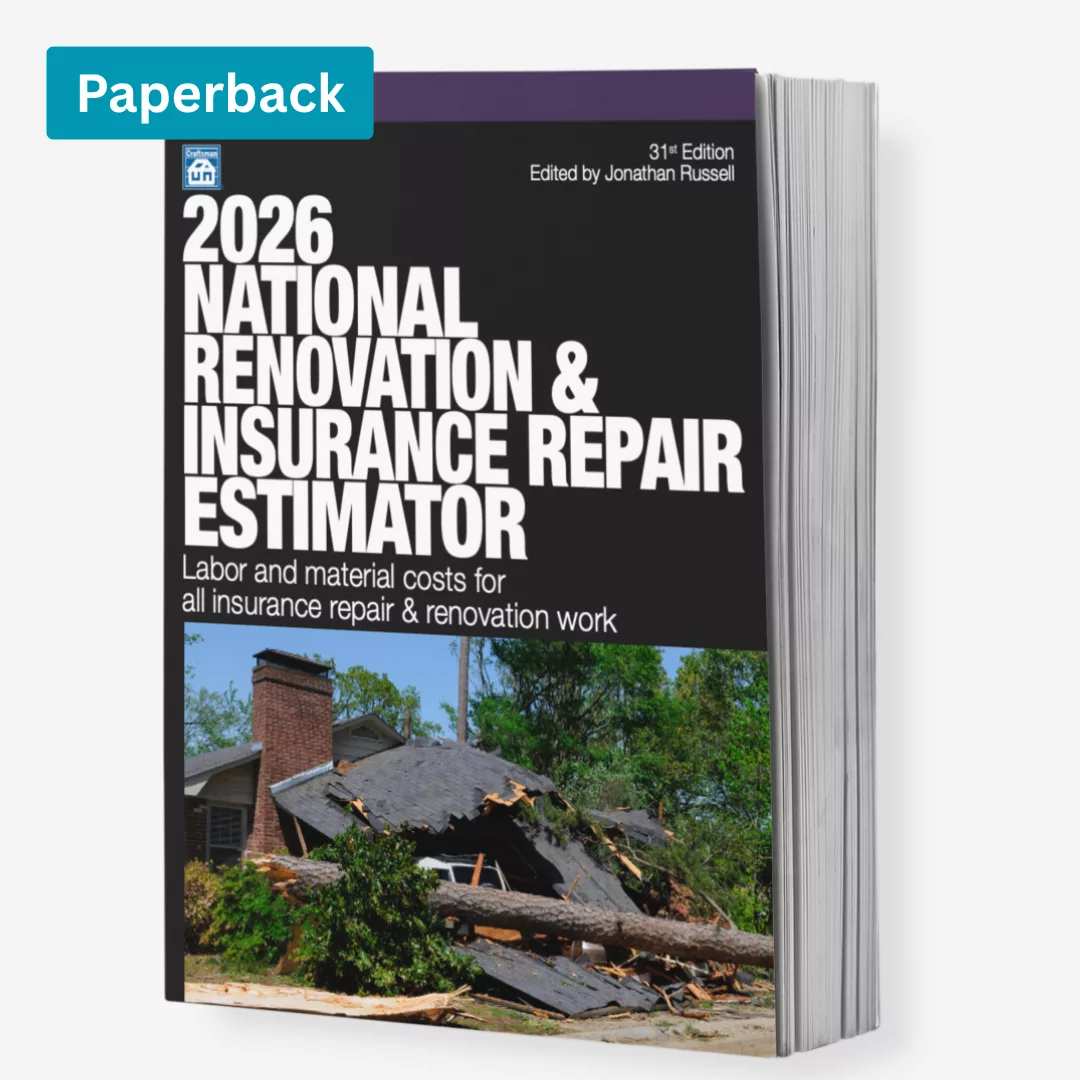Restoring Success: Understanding the Insurance Industry

As a restoration company, where do we fit in the insurance industry? Are we part of it? The answer is we do fit and we are part of it.
Father: It’s bed time!”
Daughter: “Will you tell me a story?”
Father: “Of course, let me tell you what happens to a company’s loss ratio when they have poor underwriting practices.”
Daughter: “That is terrible to hear about all the property losses and how it impacts the ratios. Maybe I will be an underwriter when I grow up or an actuary…”
Father: “That is a great idea! Now, let’s read the endorsements we purchased on our policy and then it’s lights out for you.”
So this may be a poor attempt at humor to introduce the idea of restoration professionals staying on top of changes in the insurance industry, however, I was that little girl who was being taught about insurance. I grew up with a father who was an underwriter/product manager in the insurance industry and I thought it was normal to understand the insurance industry and how to read an insurance policy. I don’t recall a time in my life when I did not know the words indemnify, frequency and severity.
Fast forward 15 years, I met a claims adjuster. We talked about coverage issues, exclusions, endorsements, and threw my dad into the conversation every now and then; these are the ingredients of a great insurance conversation. To this day, I truly enjoy a good insurance dialogue. In 2000, that claims adjuster, who I married and had two children with, and I entered the world of restoration.
Restoration and remediation companies operate on a variety of principles, models, and philosophies. Some companies work outside of insurance and some work within insurance. Putting aside the differences in beliefs and operations, there is value in understanding the insurance industry and staying current on changes.
My father, the retired underwriter who still reads insurance journals at night, puts it this way to us as restorers, “You are the ones delivering on the promise that is in the paper, the policy that insurers sell.”
Outside of being individuals and representing organizations with a variety of insurance needs and policies, some of the benefits to restoration professionals and companies are as follows:
-
Building relationships with insurance professionals: It is not uncommon for a restoration company to seek relationships with insurance professionals.
- To build trust in your abilities as a restorer and a service provider, it is good business to understand the trends, changes, and challenges that they as insurance professionals are facing. Perhaps you can help with a challenge or be a solution, but this can only happen if you are familiar with the insurance industry.
- Communications and Terminology: Every industry has their lingo and so does the insurance industry. Coverage A, HO3, ISO – If you understand and can communicate in industry terminology, it will help you build relationships, communicate your capabilities, and help those who you are serving.
- Be a better service provider: Understanding insurance policies and the industry can allow you to better serve the insured property owners, insurance adjusters, and anyone in your circle that you consider a direct or indirect customer. Please note that your knowledge should not be used to adjust a claim or determine coverage.
- Financial Protection: Understanding insurance policies will allow you to protect your company financially, regardless who is directly paying the bill.
- Marketing: Your potential clients and those you serve may enjoy a friendly reminder to review their deductibles.
- Long-Term Vision and Strategy: By reading the latest news, trends, and legislation regarding the insurance industry, you can think long-term and strategically. You will be able to find opportunities and anticipate trends that may directly or indirectly impact you as a restorer.
Where do you start if you don’t have a dad or other family member in the industry?
- Read a few insurance policies. My husband always said as a claims adjuster that he would help people understand the policy by stating the policy will “Giveth, taketh, and sometimes giveth back.” Once you read a policy, this will make sense. It is not just about understanding coverage in a broad sense; it is about understanding the language and presentation.
- Attend a class. We just had an IICRC CEC class, “Insurance for the Restoration Professional” at our training center, but you can also take classes that may be designed as continuing education for insurance professionals. These classes will educate you and keep you current.
-
Research and websites:
- The insurance department for the state(s) where you operate.
- Insurance Information Institute
- Verisk Analytics – Insurance Services Office (Xactware affiliate)
- Subscribe to insurance industry periodicals and other resources.
As a restorer, having the knowledge and understanding of the insurance industry has been an asset and benefit to our company and those we serve. We are delivering on the promise, in the paper, the policy, to be a part of the indemnification process (indemnify = to make whole).
I can have a great conversation about credit/insurance score as it relates to premiums, the use of drones in claims and underwriting, the policy changes, the evolution of the mold exclusion/limitation and anticipate policy changes down the road.
I encourage you to learn and understand the insurance industry; it will serve you well.
Looking for a reprint of this article?
From high-res PDFs to custom plaques, order your copy today!








